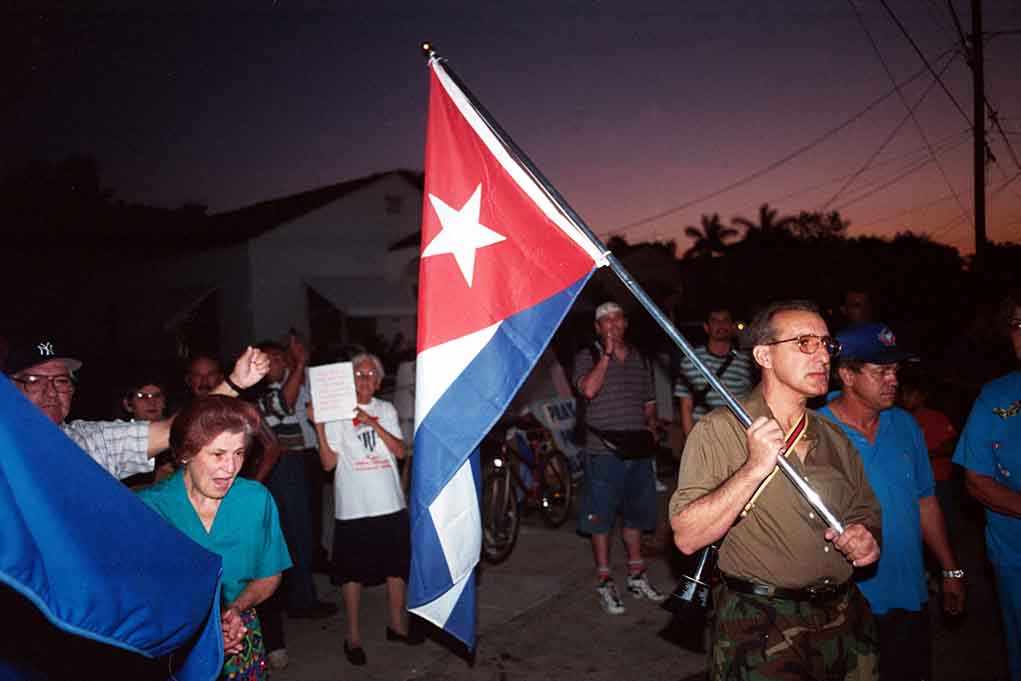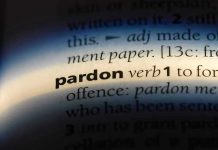
Cuban authorities tried to erase a voice, but instead, they ignited a movement that now echoes louder across the Florida Straits than they ever intended.
Story Snapshot
- José Daniel Ferrer, Cuba’s most prominent dissident, lands in Miami after years of imprisonment, torture, and forced exile.
- The U.S. government played an active role in securing Ferrer’s release and exile, raising questions about future diplomacy.
- Cuban exile community hails Ferrer’s arrival as a historic flashpoint for activism and renewed hope for change.
- Conflicting narratives from Cuban officials and Ferrer reveal the dark complexities of dissent under authoritarian regimes.
José Daniel Ferrer’s Exile Rewrites the Rules of Cuban Dissent
José Daniel Ferrer’s story did not begin in Miami. It started decades earlier in Santiago de Cuba, in the shadow of a government that systematically silenced opposition. His role as leader of the Patriotic Union of Cuba (UNPACU) made him a constant target. When mass protests erupted on July 11, 2021, Ferrer was arrested, joining thousands in a crackdown that marked a new era of Cuban unrest. His four years in prison, punctuated by torture and re-arrests, turned Ferrer from activist to symbol—a transformation completed the moment he stepped off a plane in Miami, greeted as both survivor and torchbearer for a battered movement.
Miami’s Cuban exile community knows the pain and power of forced migration. Ferrer’s arrival carries a resonance far deeper than a simple immigration case. Local leaders and advocacy groups lined up to welcome him, aware that his exile is a rallying cry for renewed activism. The U.S. government’s direct involvement—State Department officials escorted Ferrer and his family—signals a willingness to engage Cuba’s internal struggles head-on, not merely as distant spectators but as facilitators of change. For Cuban Americans, Ferrer’s presence validates years of lobbying and activism, reinforcing Miami’s role as the beating heart of Cuban democratic aspirations.
Cuban Government’s Calculated Response: Suppression Wrapped as Humanitarianism
Cuban authorities claim Ferrer’s departure was voluntary, a humanitarian gesture in response to a formal U.S. request. Ferrer’s own account stands in stark contrast: he accepted exile to protect his family from escalating threats and abuse, not as an act of free will. The government’s narrative fits a familiar pattern—neutralize opposition by exporting it, then reframe the story for international consumption. This tactic, deployed with dissidents like Oswaldo Payá and Yoani Sánchez before Ferrer, serves a dual purpose: it mutes domestic dissent and presents Cuba as responsive to global human rights concerns, while critics argue it further exposes the regime’s reliance on coercion.
The U.S. government’s maneuvering underscores the diplomatic complexity. By facilitating Ferrer’s release, American officials not only champion human rights but also potentially increase leverage in future negotiations. Yet, this intervention risks deepening existing tensions, as Havana resents perceived interference. For everyday Cubans, the spectacle of exile is a reminder that speaking out often means leaving everything behind.
The Ripple Effects: New Hope, Old Dangers, and the Unfinished Struggle
Short-term, Ferrer’s exile electrifies Miami’s activism, promising increased visibility for Cuba’s dissident movement and a more vocal campaign for international attention. His voice, amplified by exile, may embolden new leaders and pressure Havana from afar. However, exile carries costs: Ferrer’s absence weakens the opposition on the ground, depriving activists of a seasoned organizer. The Cuban government, meanwhile, faces renewed scrutiny as Ferrer’s account circulates globally, challenging official narratives.
Long-term, Ferrer’s advocacy from Miami could shape U.S.-Cuba relations and bolster international human rights campaigns. His experience, both as victim and survivor, offers a potent case study for scholars and policymakers. Exile, as history shows, can transform dissidents into global figures—yet it also confronts them with the challenge of staying relevant to those left behind. Ferrer’s ongoing coordination with activists inside Cuba will determine whether his influence grows or fades with distance.
Expert Perspectives: Forced Exile as Both Weapon and Catalyst
Human rights organizations call Ferrer’s case “historic,” underscoring the cyclical nature of repression and exile in Cuba. Political analysts see the government’s strategy as calculated—export dissent to preserve internal stability, while risking increased external pressure. Scholars warn that forced exile can fragment domestic movements but strengthen international advocacy. The exile community, ever resilient, sees Ferrer’s arrival as proof that the fight for Cuban freedom is not only alive but evolving. The conflicting stories from Havana and Miami serve as a reminder: in Cuba, the truth is often contested, but the consequences are always real.
Sources:
Cuban dissident begins US exile after release from jail












